#mid engine supercars
Text



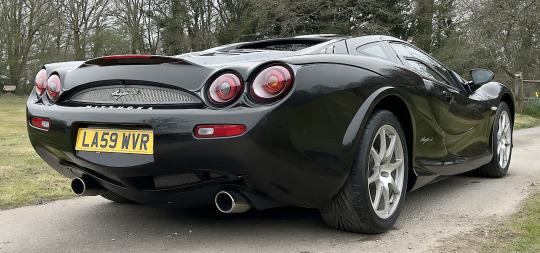
Mitsuoka Orochi , 2009. For sale by auction in the UK, this example of the Japanese supercar has travelled only 81km from new. It is powered by a mid-mounted, supercharged 300bhp Toyota 3.3-litre V6. The vehicle was purchased new in Japan before being shipped to Singapore and stored in an underground garage. It was imported into the UK and re-registered in July 2020, and has been kept in professional storage since.
auction listing
692 notes
·
View notes
Text


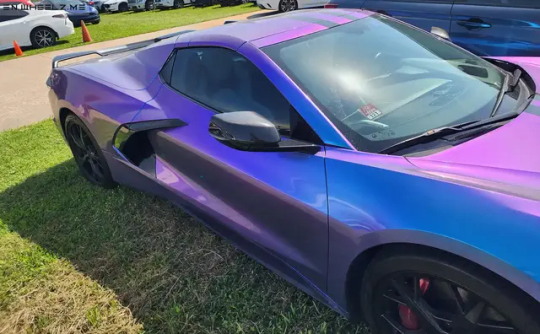
#chevy#chevrolet#chevrolet corvette#c8#stingray#supercar#mid engine#american supercar#fast car#car#cars#american super car#fastcars#supercars#fast cars
128 notes
·
View notes
Text

22 notes
·
View notes
Text
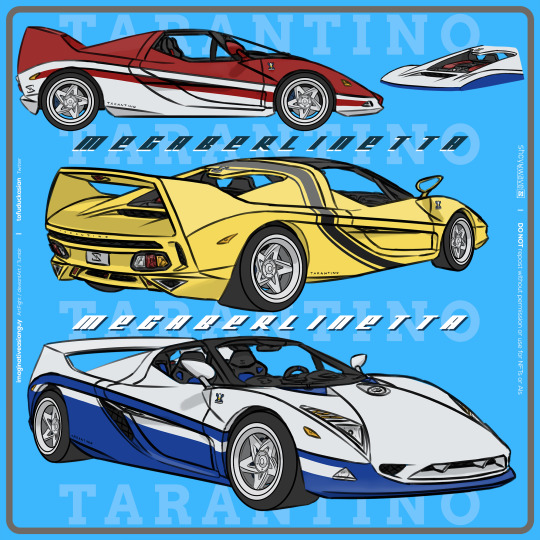
The Tarantino Megaberlinetta is the successor to the Superberlinetta, amplifying all of its strengths—but also all its weaknesses, making it a Tarantino with a very contentious legacy even today.
----------
ORIGINAL IMAGES BY OR COURTESY OF:
Conceptcarz.com (image links: 1, 2, 3, 4)
Gildos / Wikimedia Commons (image links: 1, 2, 3)
JaayJay / Wikimedia Commons (image links: 1)
Marcin Wojciechowski / Flickr (image links: 1)
Richard Spiegelman / Flickr (image links: 1)
The following pictures are licensed under CC BY 2.0:
“1991 Italdesign-BMW Nazca C2” by Brian Snelson
“2006 Ford Mustang Giugiaro Concept – rvr” by Rex Gray
“DSC_4993” by Rahil Rupawala
“Ferrari Mythos concept car” (1, 2) by Craig Howell
“Goodwood_FOS_2008_” by Mark Woodbury
“Mondial de l'Automobile 2010, Paris – France” by Mic
FONTS USED:
Arvo by Anton Koovit
Cuyabra by Néstor Delgado
Hypik by Matt Cole Wilson
Nexa Bold by FontFabric
-----
All pictures licensed under CC BY 2.0 were used as reference material. None of the original images were remixed or transformed, but elements of those pictures influenced my artwork. This explanation of the pictures’ usage is included in the event fair use cannot be claimed.
#beginner artist#artists on tumblr#beginner artwork#digital artist#artist on tumblr#digital art#digital artwork#amateur artist#artwork#car design#cars#fast cars#sports cars#supercar#italian cars#car#mid engine
3 notes
·
View notes
Text
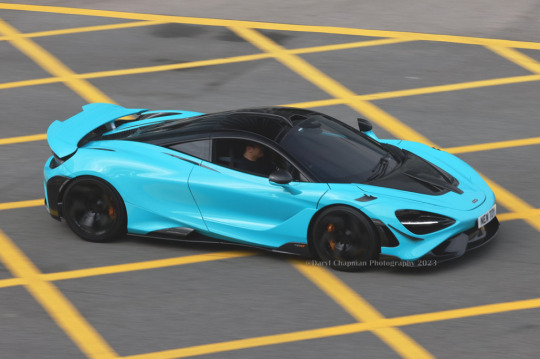

McLaren 765LT
8 notes
·
View notes
Photo

570S
#mclaren#570s#mclaren 570s#mid engine#supercar#exotic cars#car interior#v8#turbocharged#twin turbo#car#cars#design
2 notes
·
View notes
Text

🎁🎀Congratulations,,🛵🛵
you will get your offer Limited Time Quickly Register Here Fast
Click Here
#california#across the spiderverse#the owl house#the mandalorian#wally darling#welcome home#succession#ted lasso#taylor swift#super mario#Ford#Ford Bearcat#1967#prototype#mid-engine#design study#1960s#supercar#Bearcat#etsy#how to sell on etsy#make money online#how to make money online#passiveincome#how to earn money#make money today#make money fast#affiliate marketing#earn money online#freegiftcard
0 notes
Text

"Level Edge" by Turbinedivinity, 2013 or so, sai paint tool
1 note
·
View note
Photo



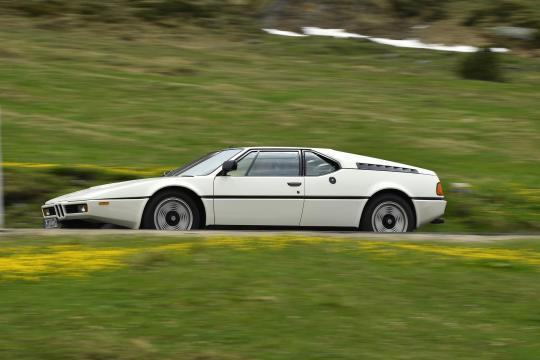

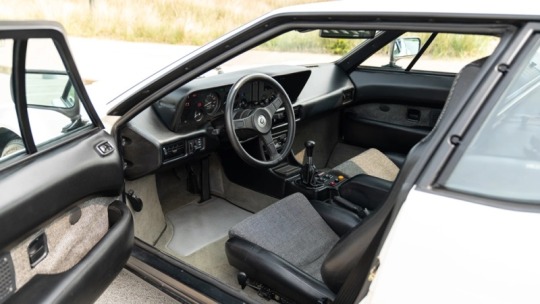

BMW M1
The M1’s history is complicated, and its impact on the Bavarian marque’s reputation was far greater than the modest production run of just 453 examples would suggest. Certainly, the M1 was a Supercar in the context of late-1970s racing technology, and that it looks like one is due to its body having been styled by Giorgetto Giugiaro, founder of Italdesign.
The M1 was developed under the aegis of BMW Motorsport head Jochen Neerpasch to compete in Group 5 racing, primarily against Porsche’s nearly invincible 911. Homologation requirements called for 400 road-going examples, and without the capacity to build the car in house, BMW partnered with Lamborghini to develop the chassis, assemble prototypes, and manufacture the production run.
Yet Lamborghini’s financial woes of the era eventually caused BMW to bring the project back in house, though Dallara designed the mid-engined, tube-frame chassis. The project soldiered on, during the course of which subsequent changes in Group 5 rules relegated the M1 to Group 4 competition. If the wedge-shaped profile of the BMW M1 recalls the 1970s-era Giugiaro aesthetic, perhaps best expressed by the Lotus Esprit, it’s because wedges, like leisure suits, were all the rage at the time. But unlike leisure suits, wedges still look cool today. One concession to tradition in the design of the M1 was the retention of BMW’s classic twin-kidney grilles in the front fascia. (Note to BMW’s designers today: bigger isn’t always better.)
Behind the driver and passenger was BMW’s 3.5-liter, twin-cam inline-six engine with mechanical fuel injection and a five-speed transmission. Making 273 hp in street tune, the mill gave the car the ability to reach about 165 mph. Inside the cockpit, occupants would not be found guilty if either felt a little short-changed of luxury, though the fabric seat inserts seem au courant today.
#art#design#sportcars#sportcar#supercars#supercar#hypercars#bmw#bmw M1#lamborghini#italdesign#luxurycars#luxurycar#vintage cars#vintage car#collector's#history#style#carsdesign
388 notes
·
View notes
Text
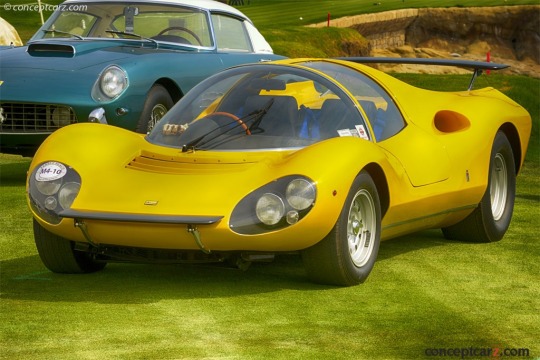
1967 Ferrari Dino 206 Competizione Competition Berlinetta
Alfredo 'Dino' Ferrari was credited with the design of the Ferrari V6 engine. With help from the legendary engineer Vittorio Jano, Dino influenced Enzo Ferrari's decision to produce racing cars in the 1950s powered by V6 and V8 engines.
Enzo Ferrari was hesitant to adapt the mid-engine layout for his customer cars, fearing they might be unsafe. He eventually relented and Sergio Pininfarina was tasked with designing a mid-engined concept for the 1965 Paris Motor Show, but demanded that it wear the Dino badge alone. At the Turin car show in 1966, the Dino 203S was well receipted and production soon followed.
The production Dino 206GT had many updates, modifications and changes such as softer edges and curving lines typical of earlier Italian cars. The 2-liter all-aluminum engine was transversely-mounted mid-ship and offered 160 horsepower. The V-6 engine featured dual overhead camshafts and 9.7:1 compression ratio. The crankshaft featured four main bearings with induction via three Weber 40 DCN/4 2-barrel carburetors. The frame of the 206GT was made from lightweight aluminum and fitted with full independent suspension. Disc brakes could be found at all four corners. The wheelbase of the car measured a short 90-inches. Top speed was a very impressive 146 mph. In total, there were only 152 examples built during 1968 and 1969.
This unique prototype followed the Dino 206 racing cars that raced at Le Mans and were powered by the Dino V6 engine. First seen at a 1966 Ferrari press conference, the standard 206 was bodied at Piero Drogo's Carrozzeria and featured light alloy bodywork and a semi-monocoque chassis. Only 18 were built, so the model was restricted to the Group 6 prototype class. This one-off 206 chassis, built by Ferrari, then went to Pininfarina to receive a new custom body. The plan was to use race-car engineering in a road-going supercar; it used an engine from one of three Dinos that raced at Le Mans in 1966. Designed by Paolo Martin, the car was shown at the 1967 Frankfurt Auto Show as a 'Dino' Berlinetta Prototype Competition, to much acclaim. Pininfarina preserved the car in their private museum until 2006, when they offered the current owner the opportunity to purchase the car and become its first owner.
#Ferrari Dino 206 Competizione Competition Berlinetta#car#cars#Ferrari Dino 206#berlinetta#ferrari dino#dino#ferrari
30 notes
·
View notes
Text

Chrysler Genie Mid Engined Hybrid Supercar Concept
10 notes
·
View notes
Text




Ares Modena Panther Evo, 2023. A new version of their Lamborghini-based De Tomaso Pantera replica has been revealed by the Italian coachbuilder. It is powered by a 641hp 5.2 litre V10 engine driving through a 7-speed dual-clutch transmission transmission
#Ares Modena#Ares Modena Panther Evo#De Tomaso Pantera#Lamborghini#replica#V10#mid-engine#coachbuilt#Panther Evo#supercar
1K notes
·
View notes
Text

#chevy#chevrolet#chevrolet corvette#c8#stingray#supercar#mid engine#american supercar#fast car#car#cars#american super car#fastcars
37 notes
·
View notes
Text
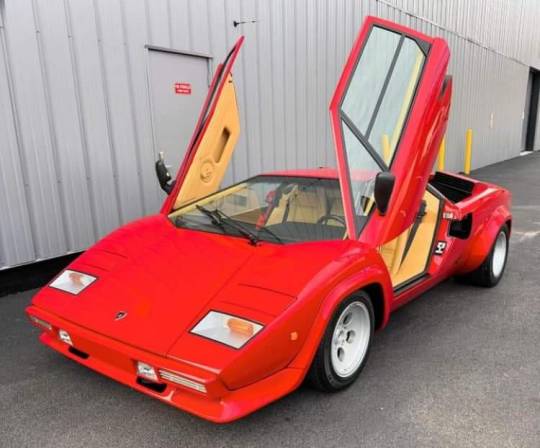
9 notes
·
View notes
Photo

The wonderful world of Sci-Fi Supermarionnettes- If I was a kid when these shows were popular, I’d be freaked out. But, as an adult, I’m fascinated.

I met a guy online, once, and his screen name was Mike Mercury. I recognized it as the driver of my favorite marionnette show, “Supercar.” So, I contacted him, bought some old Supercar tapes, couldn’t wait to meet him, but he kept putting it off and then backed out. (Jerk was probably married.)

Anyway, “Supermarionation,” was a world created in the 1960s by British TV producers, with the ability to be at once slightly creepy, yet chic at the same time. I had no idea they were out of England, b/c the shows I’ve seen were all w/American accents.

If you didn’t see these shows as a kid, it’s probably about time we took a crash-course in the wonderfully kitsch world of supermarionettes.

Most of them only lasted one season. This is “Joe 90″: A posh British kid has his father’s brainiac mind successfully transplanted into his own.

The result? A series based around one polite, precocious boy who stops villains in their tracks.
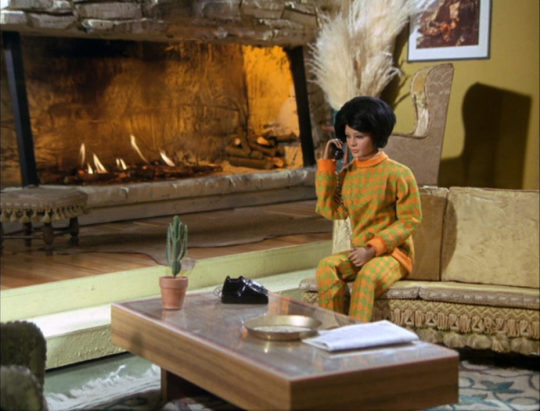
And be sure to check out the mid-century modern decor. Who knew marionnettes had such posh digs?

My favorite, “Supercar.” It went on land, under the sea and in the air. Mike Mercury was the driver and Dr. Beaker (right) and Prof. Popkiss (left) created the Supercar. At the table is Jimmy, a boy Mike saved, and became a member of the team. Hanging above is Jimmy’s pet monkey Mitch.

2 of the 4 villains, Masterspy who was obsessed with getting his hands on the Supercar, and his henchman Zarrin.

I think that “Thunderbirds” was the only show that had 2 seasons. Set in the 2060s, Thunderbirds is a follow-up to the earlier Supermarionation productions Four Feather Falls, Supercar, Fireball XL5 and Stingray.

It follows the exploits of International Rescue, a life-saving organization equipped with technologically-advanced land, sea, air and space rescue craft; a fleet of five vehicles named the Thunderbirds that launched from a secret base in the Pacific Ocean.
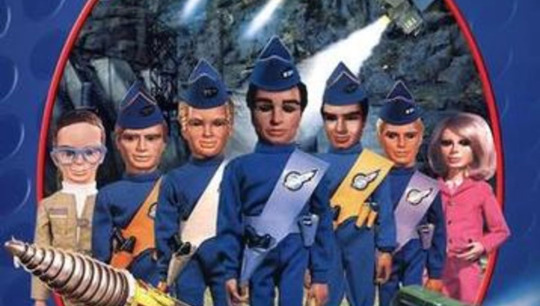
The main characters are ex-astronaut Jeff Tracy, leader of International Rescue, and his five adult sons, who pilot the Thunderbird machines, the bespectacled scientist and engineer Brains, & his assistant Tin-Tin, who is also one of the son’s girlfriend.
https://www.messynessychic.com/
208 notes
·
View notes
Text

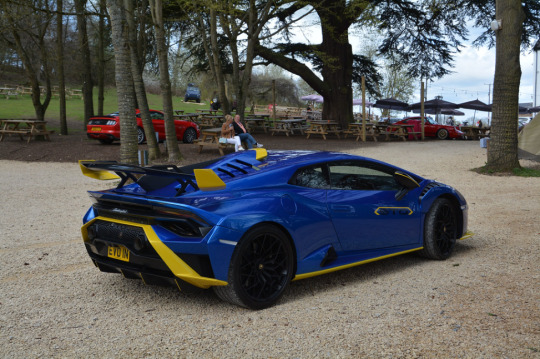
Lamborghini Huracan STO
8 notes
·
View notes